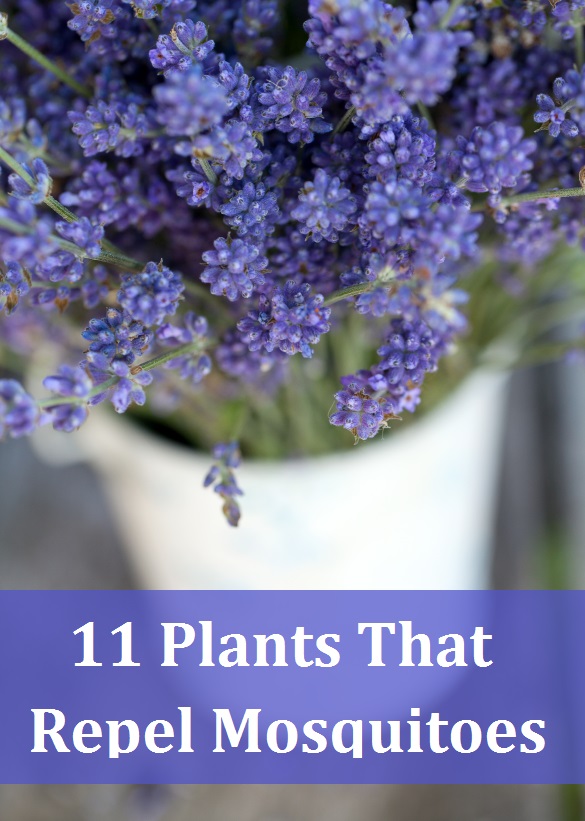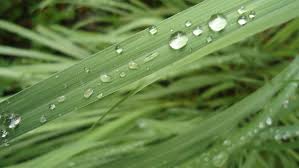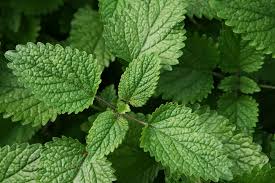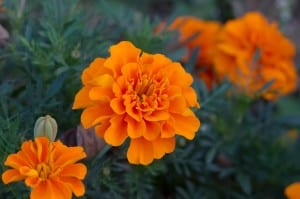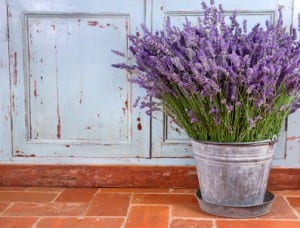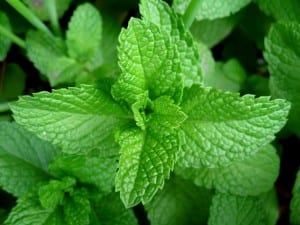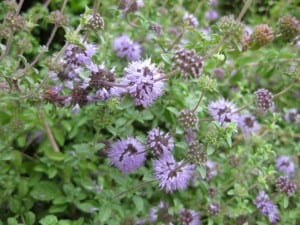The days are finally getting longer, the snow is (slowly!) beginning to melt, and spring officially arrives in just a few days! While the prospect of warmer weather has us all a bit giddy, we can’t forget the unwelcome intruders that tag along with the sunny summer weather.
Yes, we are talking about mosquitoes, and everybody knows that they can be a huge nuisance. However, using chemical products to keep them away is not on the top of everyone’s wish list.
Read on for some ideas of plants that repel mosquitoes – naturally!
Citronella
Chances are, you’ve heard of this one before- it’s one of the most common ingredients in most mosquito repellents. Strange enough though, many people don’t even know that citronella is actually a plant! Citronella is a beautiful perennial clumping grass that emits a strong aroma. That aroma masks other scents, and keeps mosquitoes from being attracted to things located around it. The citronella plant has a much stronger aroma than other mosquito repellents that contain citronella, so it is a great choice. Citronella is very easy to grow, and can get to be a very tall 5 or 6 feet high! You can grow citronella in pots and place it around a porch or patio, or you can plant it directly in a yard or garden bed. It’s a great choice for repelling mosquitoes naturally.
You can actually buy two large live citronella plants from this page on Amazon. There’ll be no need to wait for seeds to grow – you can start repelling mosquitoes immediately.
Lemon Balm
Another great choice for a mosquito repelling plant is lemon balm. A member of the mint family, the plant also known as horsemint and beebalm is a very easy plant for beginning gardeners to grow- even if you don’t have a green thumb! Lemon Balm is a very hardy plant, it resists drought, and it grows well even in shade. It is a very fast growing and sometimes aggressive plant, so you might want to contain it to a pot, where you can move it to wherever you like to ensure that it doesn’t take over your garden! An added bonus? You can dry the leaves and use them to make a delicious herbal tea!
Catnip
Your feline friends will be happy to know that catnip is a great mosquito deterrent! In fact, in a 2010 study, researchers found that catnip is 10 times more effective than DEET, the ingredient commonly found in bug repellents. It is a very easy plant to grow, and if you have cats in the house, they will surely be happy to have it around. However, be careful not to plant catnip in with other flowers, veggies, or herbs if you have cats around your garden. They will surely roll around in the catnip and smash everything nearby!
Marigolds
A bright, hardy annual plant, marigolds are a great choice for repelling mosquitoes. Marigolds contain Pyrethrum, an ingredient found in many insect repellents, and they have a unique aroma which bugs find repulsive. The flowers themselves are beautiful and can make a great border or addition to any flower bed! Try placing them around borders of your home, and mosquitoes might not want to cross over!
Basil
Calling all cooks! Want a double whammy when it comes to mosquito protection? Plant some basil! Not only will you have a quick and easy mosquito repellent, you will also have a delicious fresh herb on hand to add to all of your favorite recipes! There are many different varieties of basil around, so feel free to experiment and find the ones that you like best. Many expert gardeners recommend trying lemon basil or cinnamon basil to deter insects.
Lavender
You probably know that lavender is a gorgeous purple flowering plant with a soothing, calming scent. But, did you know that it is also a natural mosquito repellent? Grow it indoors near a sunny window, or outside in your garden or flower bed to keep the bugs away. While you’re at it, make a delicious herbal tea, or use lavender to fill your home with a wonderful calming aroma.
Peppermint
Most bugs despise the smell and taste of peppermint, so planting it around your home is a great way to keep them from dropping by uninvited! Plus, if you do happen to get bitten, peppermint leaves rubbed directly onto the skin make a great itch relief treatment! Added bonus for the wonderful minty smell that makes a delicious addition to food and beverages!
Garlic
Unfortunately for all of us who love Italian food, studies have shown that EATING garlic does not repel mosquitoes. (Unless, however, you were to eat a HUGE amount!) However, having garlic around DOES! Make sure to add some garlic to your flower bed or vegetable garden for added protection!
Pennyroyal
The adorable pennyroyal flower is a natural deterrent for mosquitoes! Make sure to plant some around your flowerbeds! Pennyroyal plants also make great groundcovers, and they attract a plethora of beautiful butterflies. Some people even use pennyroyal to flavor certain fish dishes. As you can see, this plant has plenty of benefits!
Rosemary
Rosemary is a beautiful flowering plant that is often used to flavor lamb or fish dishes, but did you know that it is also a natural mosquito repellent? It’s perfect to add to your herb garden or flowerbed to keep bugs away, and it even attracts butterflies!
Plus you can simply snip a few springs off every time you need to add extra flavor to your lamb or steak!
Geranium
This beautiful flowering plant is a great choice for mosquito repellent. When planted in a hanging container, the colorful blooms will cascade over the side of the pot, providing a beautiful visual piece as well as a very useful bug repellent!
As you can see, there are many different plants out there that can help to keep bugs away! Next time you reach for the chemical bug spray, take a minute and think again, and choose something more natural!
source : http://www.naturallivingideas.com/11-plants-that-repel-mosquitoes/
